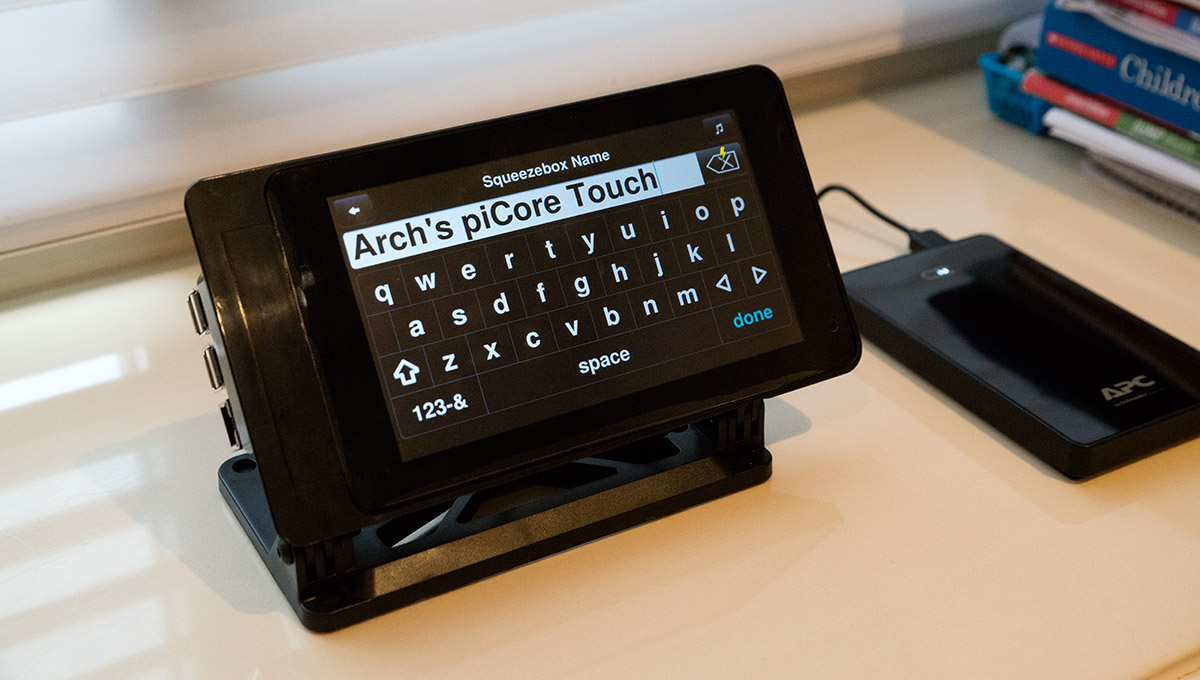
Like others, my Touch finally died last year. I would often go months without rebooting it, even with everyday use. The Touch did not have the most user friendly or intuitive music-server software, but once you had it up and running, it was easy to use, stable, and highly reliable. The Touch not only put my entire library of FLAC and MP3 files at my fingertips, but also let me stream Pandora, Tidal, and countless other services, and it provided SPDIF and optical outputs so that I could use it with my favorite DAC.

That is still the best $300 I have ever spent on a piece of audio equipment. I vividly recall seeing it on the cover of Stereophile, reading the review, and then purchasing one the same day for $300. Also control through a web-browser is possible via the LMS web-page.Īdding an IR-receiver or an USB receiver to the RPi allows for control via a remote controller.The Logitech Squeezebox Touch was a life-changing device. Other ways to control the music is via your smartphone or tablet - using free as well as commercial apps. JiveLite is mimicking the interface from original Logitech Touch. If you choose to use a RPi as the LMS server this can easily be done by a simple click on the pCP web-page that install LMS on your RPi (see option 2 and option 3 on the front page)īy adding a touch-screen to one of the pCP players it is possible to control all the connected players via the JiveLite interface. LMS can be installed on a computer, NAS or even another RPi. Music are streamed through a LMS server available on your network (see sketch above).


To install pCP please read the getting started.īy using several Raspberry Pi's it is even possible to build a multiroom music system that allows for streaming synched music as well as different streams to separate rooms.

Squeezelite is the backbone that allows a Raspberry Pi to play music from your LMS server.


 0 kommentar(er)
0 kommentar(er)
